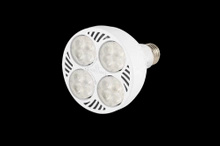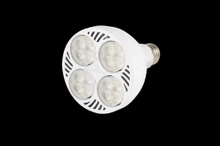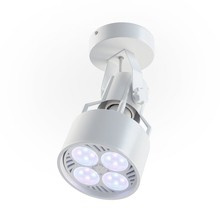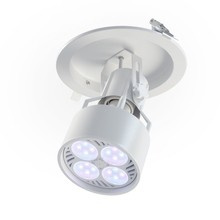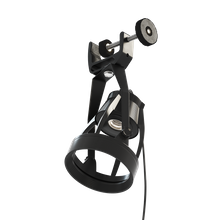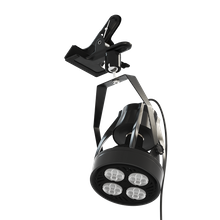A Perfect Lighting for Orchids for the winter season

How to grow orchids during the winter
Although orchids can survive relatively low temperatures, they will be most comfortable in a warm place. However, it cannot be excessively warm. If you keep your home at a comfortable temperature for you, your orchid will be just as comfortable. However, you should be careful - the flower should not be placed too close to a heat source, such as a radiator. The situation is similar with the cold. You should avoid placing the orchid in a place exposed to a draft of cold winter air. If you happen to leave the plant in a place that is too warm or cold, there is no reason to stress. Orchids are hardy, but you should place them in a convenient location as soon as possible. A windowsill above a radiator will be suitable for this task, which will provide the plant with indirect heat and access to the sun. It is good that the leaves do not touch the glass, as this can cause yellowing. Watering orchids in winter is not much different from the rest of the year. Orchids need less water in winter, so you should be careful about the amount you water the plant. You can't use the same amount of water all year round. It's best to water the orchid only when the substrate is dry. Each flower has individual needs, so you should observe its reaction to the amount of water. If the leaves are drooping and yellow, you should water less, but if they are wrinkled and yellow, you should increase the amount of water.
Lighting for orchids for the winter season
Winter is a difficult time for orchids. Orchids are exotic flowers, not accustomed to seasonal changes. This means that they require special care in winter. Although orchids occur almost all over the world, most species grown in Poland come from warmer regions, which is why they are not adapted to wintering. In order for our orchid to survive the winter, we must provide it with an amount of light that will simulate the natural conditions of the plant's place of origin.
How much light do orchids need? How to light orchids?
Depending on the season, orchids will need a different amount of light. In the summer, they need up to 16 hours of light per day, while in the winter, they only need about 12-13 hours. At the beginning of summer, we should gradually reduce the length of light exposure, until we reach 12 hours at the beginning of winter. This will ensure that the plant has a smooth transition to new conditions. The situation is similar when extending the lighting time after the end of winter. Providing orchids with enough light can be difficult if you cannot place them in well-lit windows. In such a situation, plant lamps are ideal. Instead of relying on capricious weather to provide your orchids with enough light, you can control the amount and type of light yourself. Because lamps are weaker than the sun, the plants need to be kept under them for longer. For orchids, a good range is 12 to 16 hours, but remember that this depends on the type of orchid. Too much light will cause the leaves to turn a warmer yellow or red, while too little will deepen their green. Moderation should be observed when using artificial lights. The possibility of providing any exposure time may tempt us to leave the lights on for too long, but orchids, like us, need both day and night.
What light is required to illuminate orchids?
Orchids, like all plants, are accustomed to sunlight, but in our climate we cannot provide them with the same level of sunlight as in their region of origin. LED lamps will ensure optimal flower development. However, not all LED lamps are equal. Those used, for example, for reading, emit light that is pleasant to the human eye, but will not provide the plant with the necessary colors of light. Orchids like red light the most, which promotes budding and flowering, and blue, which supports growth. Red and blue give us light with a purple hue. This is what some plant lights look like, but to the human eye it is a very unpleasant color. Verticana lights combine a friendly color with an optimal spectrum for the plant. It is also important that the lights do not produce heat, which can burn the leaves. Here again, LED lamps have an advantage, which, unlike CFL lamps, do not generate heat, and at the same time save energy.

